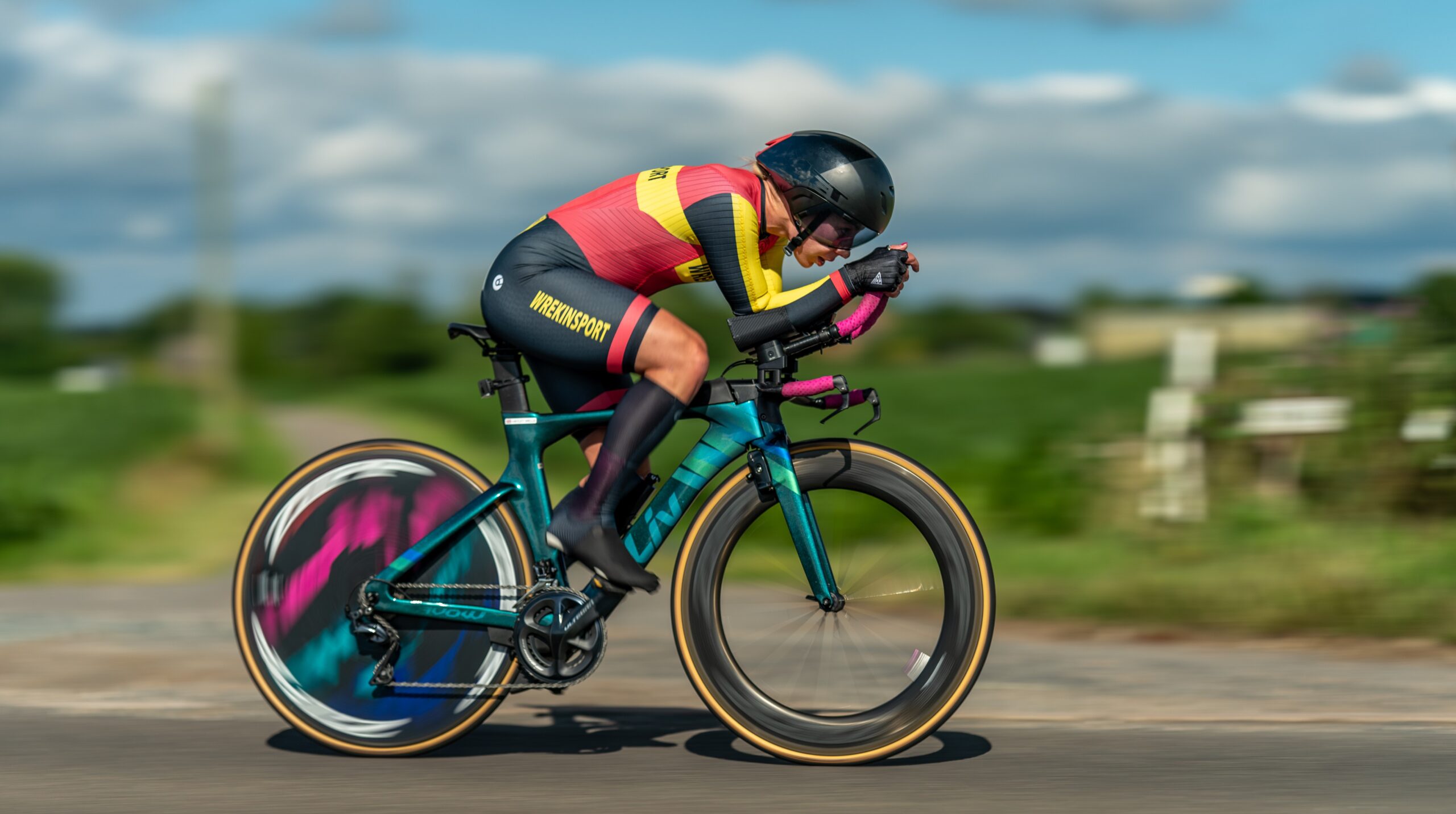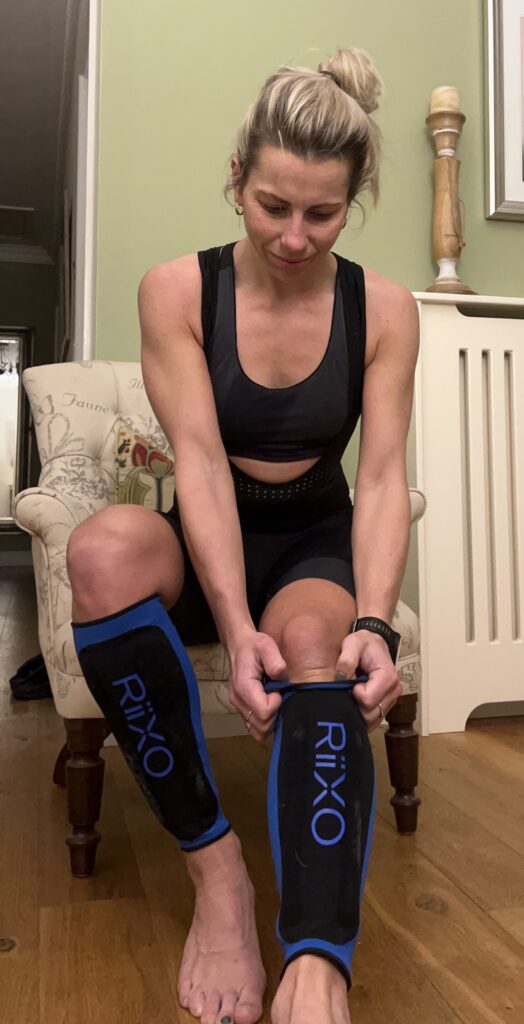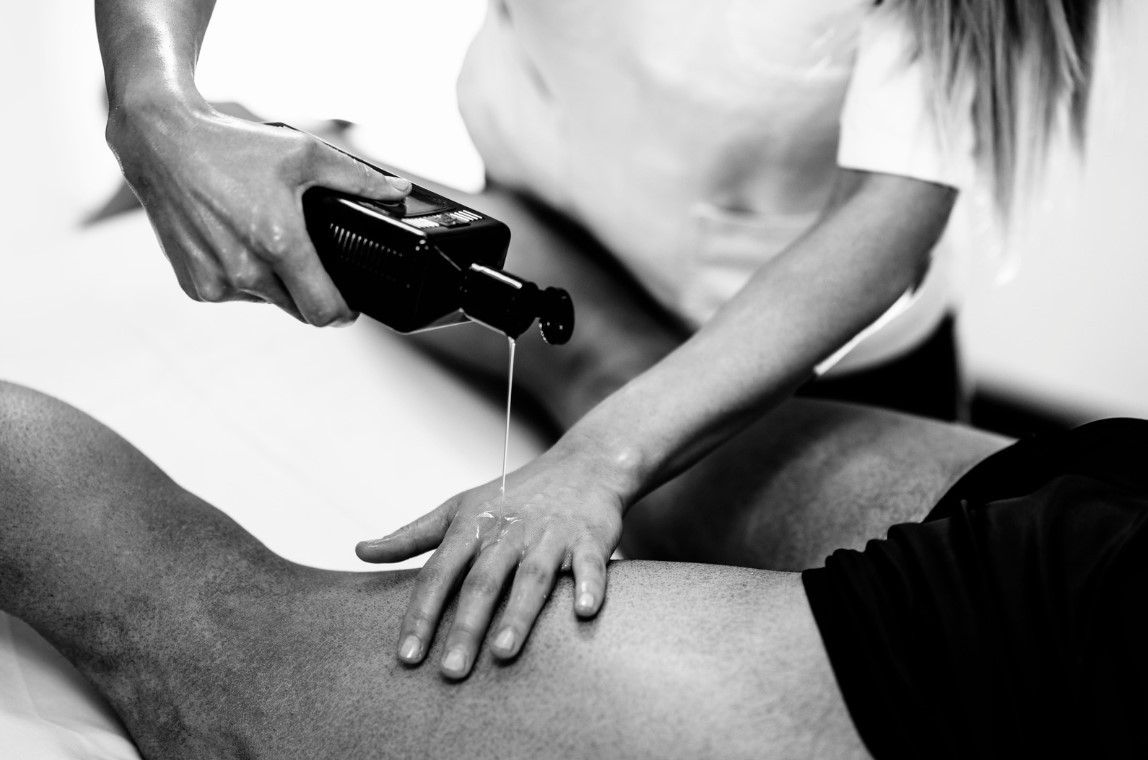In this article, YJ x BTF Age group ambassador, Hayley Wells, discusses the importance of recovery after training and how it can improve athletic performance.
While many of us understand the significance of recovery, it is often neglected in our weekly training routines. Recovery is crucial for the body to adapt and improve from training sessions. Different athletes have various approaches to recovery, some opt for complete rest days while others engage in active recovery activities like swimming, cycling, or yoga to promote muscle recovery. As a new athlete in the sport, I continue to learn valuable lessons and believe in sharing these insights with others.
Being active has always been a part of my life, from playing netball in school and college to participating in fell running and now venturing into triathlon, duathlon, and time trialling. Stretching has been an overlooked aspect of my training until I got coached by Ed at InBalance Coaching at the end of 2022. Having a coach helped me identify gaps in my training and receive a structured plan that included simple stretching and Pilates routines. This personalized approach has greatly improved my training efficiency and performance.

Another crucial aspect highlighted by the coach was the importance of incorporating Z2 training. I tended to push myself to the limit in every training session, often trying to cram too much into my schedule or making up for missed sessions, which eventually led to an injury (Plantar Fasciitis) in the summer of 2022. This setback taught me the significance of pacing sessions and prioritizing recovery to prevent overloading the body. I sought assistance from a sports therapist to rehab my foot and successfully completed my first triathlon season on a positive note!
One key lesson I learned is that slowing down the pace of some sessions, especially during the winter, helps build a strong and efficient engine. Training at a lower intensity promotes recovery and allows for speed improvements as the competitive season approaches.

Throughout the six months of coaching, I gained valuable insights into structuring training effectively to make each session purposeful without overwhelming the body. I learned the importance of incorporating recovery sessions/days, listening to my body, and accepting that missed sessions are a part of the journey. Resting when needed, adjusting the target pace or power, or skipping a session is acceptable when not feeling well. Understanding my body and avoiding overtraining has been key to my success as an athlete, leading to improved performance and overall health.
Being a coached athlete is a luxury, and as I reverted back to self-coaching, I realized the value of seeking advice from fellow athletes, training partners, and the online community. Sharing knowledge and experiences can be invaluable in personalizing training routines and maximizing performance.
Exploring recovery methods highlighted the effectiveness of ice therapy. Discovering ice baths and products like Riixo’s Recovery Cuffs intrigued me, and after trying them, I found them beneficial in enhancing my recovery process. Regularly using these tools has contributed significantly to maintaining a high performance level.
Riixo offers a range of ice recovery products like ice balls, calf cuffs, and back braces designed to boost recovery and prepare athletes for their next endeavor. Their practicality and convenience make them a valuable addition to training routines, aiding in instant recovery after key sessions.

To further enhance my recovery routine, I took Riixo’s Recovery quiz and participated in a One-on-One Recovery Session that provided insightful recommendations. This personalized approach helped me fine-tune my recovery strategies and optimize my performance. The tool offered by Riixo is accessible to anyone and can be found on their website, making it a valuable resource for athletes seeking to improve recovery.
Massage is another effective recovery tool that aids in releasing muscle tension, improving circulation, and promoting relaxation. Incorporating monthly massages or using foam rollers and massage guns can be beneficial alternatives for athletes seeking recovery benefits without the luxury of regular massage sessions. Combined with stretching and ice therapy, these tools can significantly enhance the recovery process.

As a self-coached athlete, I have learned to incorporate various recovery tools into my routine to sustain consistent performance levels and prepare for upcoming races effectively. By prioritizing recovery methods and seeking support from fellow athletes, I have improved both mentally and physically, recovering faster and performing better.
Joining a group of like-minded athletes as part of Wrekinsport Tri has introduced an element of camaraderie into my training routine. Training together, sharing strengths and weaknesses, and having a support system in place has enhanced my triathlon experience and made the journey more enjoyable. Remember, we engage in this sport for the love of it, so maintaining a balance between training hard and enjoying the process is vital!
To summarize:
– Stretching: Essential for recovery, just 10 minutes a day can make a difference.
– Massage: Monthly sessions if feasible.
– Nutrition: Balanced diet with post-training protein and energy replenishment. Personal favorite: chocolate milk!
– Hydration: Minimum 2 liters of water daily. Consider salt tablets pre/during/post training for optimal performance. Precision Fuel & Hydration offers a free Fuel and Hydration Plan for race nutrition guidance.
– Sleep: 7-9 hours per night for improved performance, lower resting HR, better mood, and muscle repair. (Reference Hussain’s blog on the importance of sleep for further insights).
– Golden Hour: Recovery optimization steps to be taken within 60-90 minutes after intense training sessions.






















